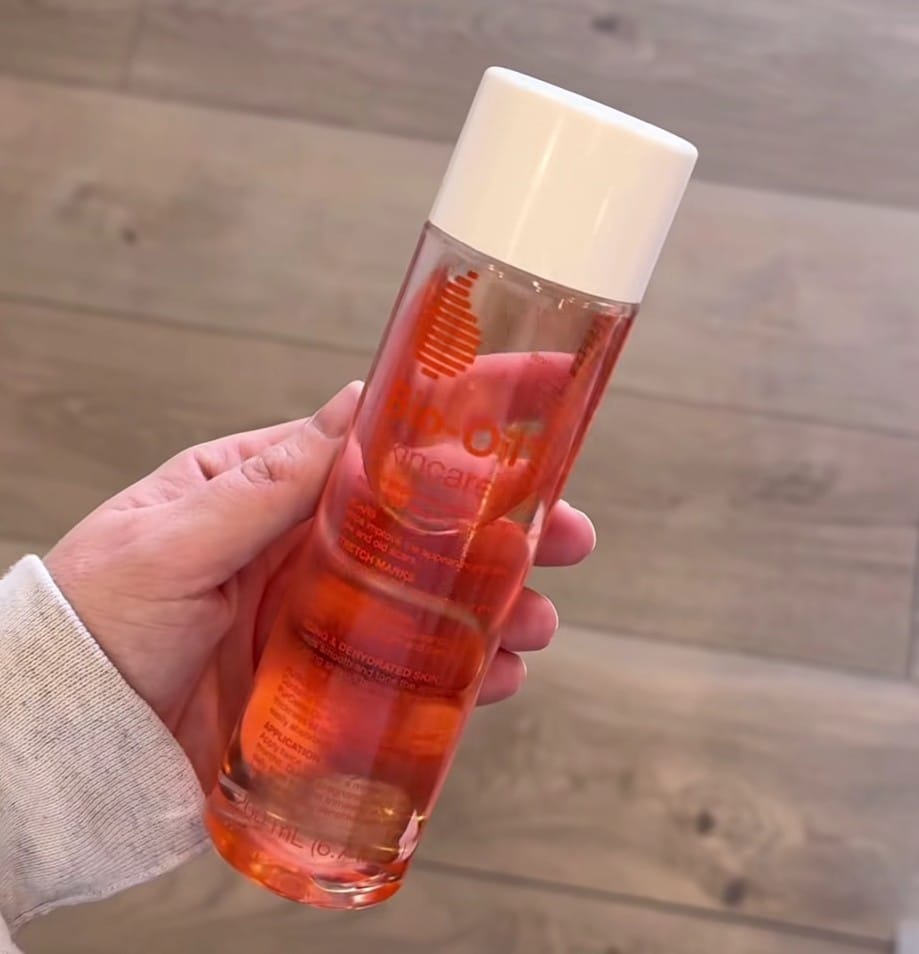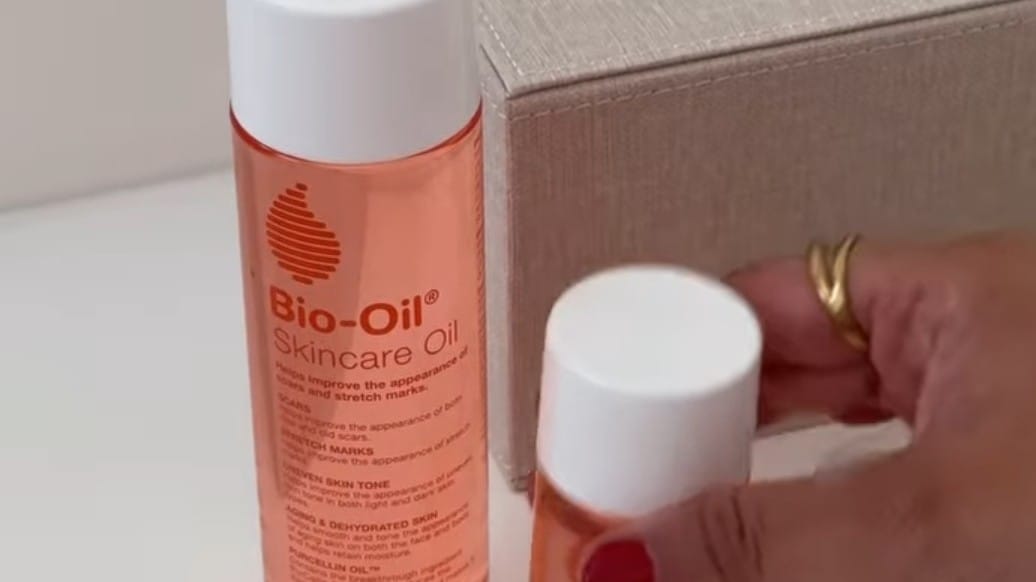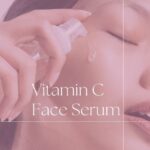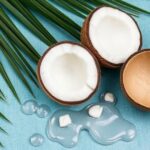“Bio-Oil Skincare Oil is going viral again in 2025—but does it actually work for scars, stretch marks, and dry skin? Here’s the honest review you need to read.”
Amid competing skincare rituals and high-metabolized serums, Bio-Oil Skincare Oil reigns supreme, trending on TikTok, YouTube, and Instagram like no other product, even after two decades of being the world’s most popular skincare oil. Since going viral in 2025, Bio-Oil Skincare Oil has been endorsed by influencers and dermatologists for helping with scars, stretch marks, dry skin, and uneven tone, to name a few.
What Is Bio-Oil Skincare Oil?
Bio-Oil is a specialist skincare product designed to help improve the appearance of scars, stretch marks, and uneven tone. Originally developed in 1987 in South Africa, we blend plant extracts and vitamins in an oil base and make it lightweight and fast-absorbing using proprietary ingredient PurCellin Oil™.
As of 2025, Bio-Oil comes in two main versions:
Original Bio-Oil Skincare Oil (Mineral Oil-Based)
Bio-Oil Skincare Oil Natural (100% Natural Ingredients)
Both are for use on the face and body, and both of their versions have gone viral as they are billing themselves as multi-tasking skincare oil.
Why did Bio-Oil go viral again in the year 2025?

Well, with over 2 billion views under #BioOil on TikTok, it’s obvious that this product is in the middle of yet another renaissance phase. Influencers have filmed their skin transformations in before-and-after videos from the before to the after–where influencers who had acne scarring have shown much lessening of scarring, smoother texture on their skin, and glowing pregnancy bellies.
Some trained industry insiders, myself included, want to take a minute to break down why Bio-Oil’s popularity increased so significantly from the year 2025.
Bio-Oil Skincare Oil Ingredients Analysis
Let’s break down what’s actually in Bio-Oil, and more importantly, why each of these ingredients is important.
Key Ingredients (Original Formula):
Mineral Oil (Paraffinum Liquidum): Mineral oil acts as an emollient; it is effective at sealing in moisture and helps to soften the skin.
PurCellin Oil™: A synthetic ingredient that effectively makes the oil light, allowing effective absorption.
Vitamin A (Retinyl Palmitate): Vitamin A helps with cell turnover and skin renewal.
Vitamin E (Tocopheryl Acetate): The antioxidant Vitamin E helps protect against free radicals and helps to moisturize the skin.
Plant oils (Calendula, Lavender, Rosemary, and Chamomile): Various plant oils with anti-inflammatory and soothing properties.
Bio-Oil Natural:
Plant-based oils, versus mineral oils, such as:
Sunflower Seed Oil
Jojoba Oil
Grapeseed Oil
Soybean Oil
A great option for those looking for a cleaner, natural approach.
Celebrity influencers (used by popular celebrities such as Meghan Markle and Natalie Portman)
TikTok pregnancy/postpartum trends
Minimalist skincare movements
Skincare barrier repair routines
The Ingredients in Bio-Oil Skincare Oil
Let’s take a moment to focus on the ingredients in Bio-Oil and why each ingredient is important.
Key Ingredients (Original Formula):
Mineral Oil (Paraffinum Liquidum): Function as an emollient to provide moisture retention and soften skin.
PurCellin Oil™: A synthetic ingredient that, because it’s there, makes the oil feel light and allows the skin to absorb it rapidly.
Vitamin A (Retinyl Palmitate): Helps encourage cell turnover and renewal of the skin.
Vitamin E (Tocopheryl Acetate): An antioxidant that helps to protect against free radicals while improving hydration.
Calendula, Lavender, Rosemary, and Chamomile Oils: Natural plant oils that have anti-inflammatory and soothing properties.
Bio-Oil Natural:
This version has mineral oil, replaced with plant-based oils like:
Sunflower Seed Oil
Jojoba Oil
Grapeseed Oil
Soybean Oil
A great option for those looking for a cleaner, natural alternative.
What Bio-Oil Claims To Do
The company provides a few claims for the benefits of its skincare oil
Reduces the appearance of new and old scars
Reduces stretch marks
Improves uneven skin tone
Hydrates dry, flaky skin
Smooths aging, wrinkled skin
Soothes minor skin irritations
What Dermatologists Expect in 2025
Can Improve Scars and Stretch Marks (with caveats)
When asked the following, dermatologists gave the following responses:
Bio-Oil can improve the appearance of scars (but not completely remove them).
With continued use (at least 3 months), it can soften scar tissue significantly, improve elasticity.
Also, the hydration and occlusion together may reduce some of the redness and dryness in stretch marks, especially if used early and long-term.
Not a Miracle for Pigmentation
You may see some improvements in the evenness of skin tone due to the retinoid and vitamin E, but don’t expect much in changes in melasma or deeper pigmentation.
It’s best used with sunscreen and should be used in conjunction with activities such as vitamin c or niacinamide.
How to use Bio-Oil for the Prettiest and fastest way:
For scars:
Apply twice a day, applying several drops directly to the scar.
Massage for at least 2 minutes in circular motions.
For stretch marks:
Apply generously on your belly, thighs, breasts or hips while pregnant or gaining weight.
The earlier the better (ideally in the first trimester).
For the face & hyperpigmentation:
Mix a few drops into your moisturizer at night, or otherwise wear it alone as the last step.
Don’t use Bio-Oil if you have active breakouts on oily or acne-prone skin.
Pro tips:
Apply Bio-Oil on damp skin for better absorption.
Do not apply to broken skin or open wounds.
Use SPF if applying to your face during the day.
Pros and Cons
Pros:
Inexpensive and readily available
Lightweight and non-greasy
Most skin types can use it
Contains scientifically proven ingredients
Over time, it can fade the appearance of scars and stretch marks
Cons:
Results take time and will require consistent use
It may cause mild irritation for environmentally sensitive skin
Contains some animal-derived ingredients and is not vegan
Contains fragrance, which may not agree with everyone
Who Should Use Bio-Oil?
Great For:
Scarring post-acne and surgery
Pregnancy and postpartum skin care
Dry, flaky, or textured skin
Minimalist skincare fans
You Maybe Should Skip It If:
You have active and oily acne-prone skin
You don’t like fragrance, or using non-comedogenic products
You are allergic to essential oils
Expert Alternatives To Consider
If Bio-Oil isn’t for you, here are a couple of dermatologist-recommended alternatives in 2025:
The Ordinary Rosehip oil: natural vitamin A for post-acne marks
Mederma Advanced scar gel: scar treatment for scars
Palmer’s cocoa butter massage lotion: Prevention of stretch marks
CeraVe Healing Ointment: Good barrier repair
Is Bio-Oil Overrated?
YES – if you know what to expect.
Bio-Oil is not a miracle cure, but it is a well-formulated, affordable, and multitasking oil that delivers real results in improved hydration, scar appearance, and skin texture when used regularly.
Whether you are a new mother, someone who has suffered with acne, or someone with chronic dry skin, it is a product that easily fits into your routine without the cost associated with luxury skin care.
FAQs
1: Will Bio-Oil clog pores?
Bio-Oil is lightweight, but it does contain mineral oil and essential oils, which may clog pores when applied to skin prone to acne. Do a patch test before applying it daily to your face.
2: How long does Bio-Oil take to work?
Most studies show that there are visible results after 8-12 weeks of daily application.
3: Is Bio-Oil safe during pregnancy?
Yes, Bio-Oil is a popular product for use during pregnancy to avoid stretch marks, but always check with your doctor.
4: Is it okay to use Bio-Oil on my face every day?
Yes, if your skin is oily or has active breakouts, limit application to 2-3 times per week, or use Bio-Oil Natural.
















